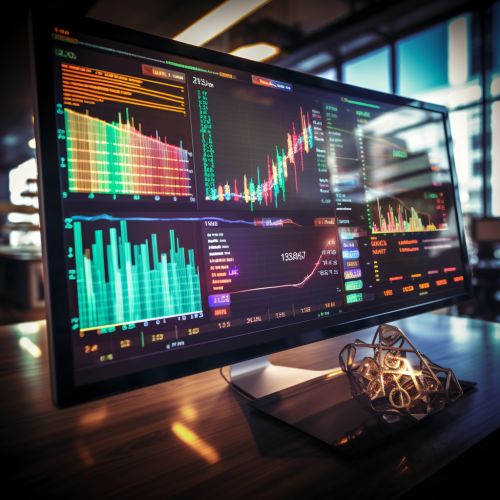Economic Indicator
Introduction
An Economic Indicator is a statistic about an economic activity. Economic indicators allow analysis of economic performance and predictions of future performance. These indicators include various indices, earnings reports, and economic summaries.
Types of Economic Indicators
Economic indicators are divided into three categories according to their timing in relation to the business cycle: leading indicators, lagging indicators, and coincident indicators.
Leading Indicators
Leading Indicators are indicators that usually change before the economy as a whole changes. They are therefore useful as short-term predictors of the economy. Stock market returns are a leading indicator, as the stock market usually begins to decline before the economy declines and they improve before the economy begins to pull out of a recession.
Lagging Indicators
Lagging Indicators are indicators that usually change after the economy as a whole does. Typically, these are monetary statistics such as levels of employment, which are seen as confirming signals for the economy's health.
Coincident Indicators
Coincident Indicators are indicators that change at approximately the same time as the whole economy, thereby providing information about the current state of the economy.
Examples of Economic Indicators
There are several well-known economic indicators that are reported on a regular basis. Some of the most widely watched indicators include the Consumer Price Index (CPI), the Gross Domestic Product (GDP), the Unemployment rate, and the Balance of Trade.
Consumer Price Index
The Consumer Price Index, or CPI, measures the average change over time in the prices paid by urban consumers for a market basket of consumer goods and services.
Gross Domestic Product
Gross Domestic Product, or GDP, measures the total value of all goods and services produced by the economy in a given period. It is the nation's broadest gauge of economic health.
Unemployment Rate
The Unemployment Rate measures the number of people actively looking for a job as a percentage of the labour force.
Balance of Trade
The Balance of Trade is the difference between a country's import and its exports. A positive balance of trade is known as a trade surplus and consists of exporting more than your imports; a negative balance of trade is known as a trade deficit or, informally, a trade gap.


Importance of Economic Indicators
Economic indicators are used by all sectors of society, from individuals to businesses to governments and international organizations. They provide key insight into economic health, as well as the likely future direction of the economy. For example, central banks use economic indicators to help them set monetary policy. Investors also use economic indicators to adjust their trading and investment strategies.
Limitations of Economic Indicators
While economic indicators are useful tools for gauging the direction of the economy, they are not without their limitations. For one, they are often subject to substantial revisions as more complete data becomes available. Additionally, they can sometimes give conflicting signals about the state of the economy, making it difficult to determine the overall trend.
